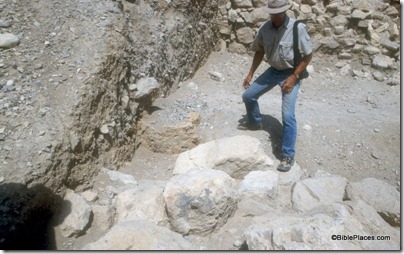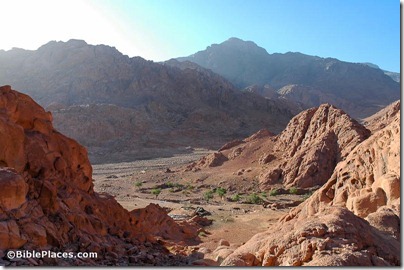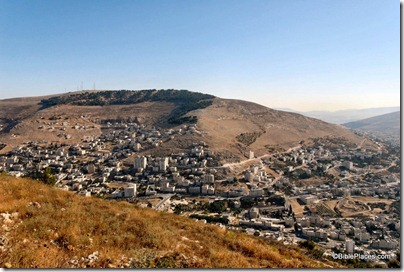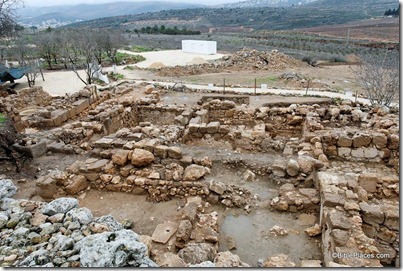From the Daily Herald (Provo, UT):
Calvary Chapel of Salt Lake will be hosting a weeklong presentation by Biblical archaeologist Bryant G. Wood next [this] week. Wood will present a “college level” overview of Biblical archaeology at three different workshops; Wood’s “Biblical Archaeology Seminar” is free and open to the public.
The first session will be from 7 to 9 p.m. Wednesday, followed by a session from 7 to 9 p.m. Friday.
The concluding session will be held Jan. 12 from 8 a.m. to noon, and will be preceded by a complimentary breakfast.
Wood, a specialist in Canaanite pottery, has pursued Biblical archaeology since 1973. He received international media attention in the 1990s for his study of the ancient city of Jericho. Wood disputed earlier findings that suggested the city was not inhabited at the time of the Old Testament account of its destruction and capture by the ancient Israelites.
See the article for contact information. Bryant Wood is director of Associates for Biblical Research and excavator of Khirbet el-Maqatir, a possible location of biblical Ai.





